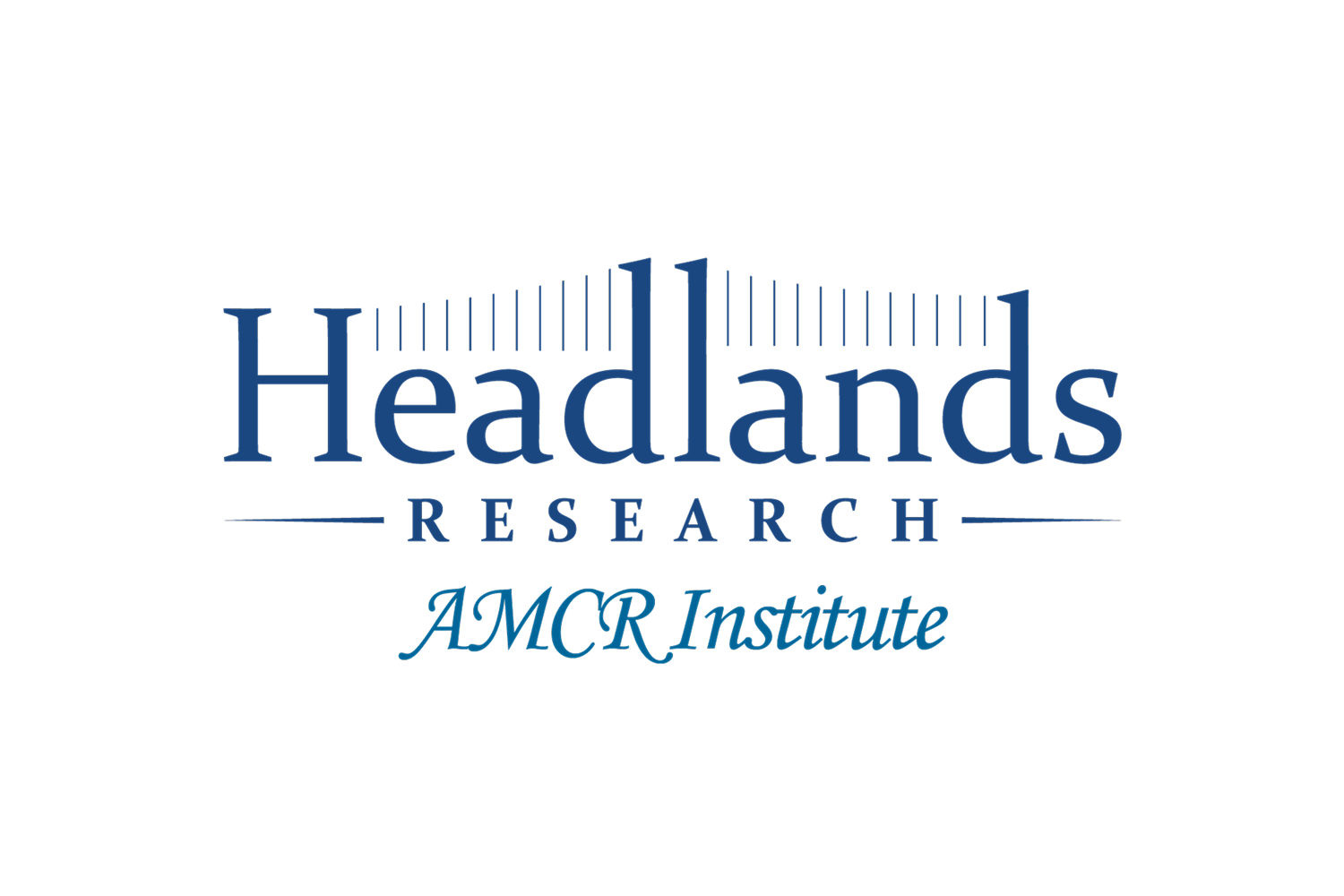
Trust is the foundation of any healthcare technology relationship. Organizations can tolerate slow workflows or imperfect interfaces, but they cannot tolerate risk—especially when that risk involves protected health information, payer interactions, or mission-critical operations. As automation becomes deeply integrated into revenue cycle, authorizations, document handling, and scheduling workflows, healthcare leaders must adopt a higher standard for evaluating system security. Automation cannot simply be efficient; it must be safe, compliant, resilient, and fully aligned with the regulatory and operational realities of healthcare.
Many automation tools on the market are built for general business use, not healthcare. They may offer powerful features, but lack the controls necessary for HIPAA compliance or the safeguards required for handling sensitive patient data. This is where organizations face hidden vulnerabilities: unsecured logins, limited audit trails, data movement that is difficult to trace, and external APIs that behave unpredictably. Healthcare leaders cannot rely on assumptions; they must demand verifiable, enterprise-level security in every aspect of their automation infrastructure.
A secure automation system begins with the fundamentals: encryption, access control, and identity management. PHI must be encrypted both in transit and at rest—not just in select systems, but everywhere data flows, including document ingestion pipelines, task queues, and internal databases. Access must be governed by strict role-based controls that ensure users only see information relevant to their responsibilities. Multi-factor authentication should be a baseline expectation, not an optional enhancement. These foundational elements prevent unauthorized access and ensure that sensitive workflows remain contained and controlled.
Beyond basic protections, healthcare organizations need complete transparency into how automation interacts with their systems. An automation platform is not simply a tool—it becomes part of the operational ecosystem. Every action must be logged, timestamped, and fully auditable. This includes every document that is processed, every payer submission that is made, every authorization checked, and every update pushed to the EHR. When an audit or internal review occurs, leaders must be able to trace exactly what happened, when it happened, and why. Without this level of transparency, automation becomes a black box—something healthcare organizations cannot afford.
Vendor reliability is another critical component of trust. Automation platforms must operate with the same dependability expected from core clinical systems. If a workflow engine experiences downtime, the ripple effect touches every department—scheduling stalls, authorizations sit idle, documents accumulate, and revenue cycle delays accelerate. Healthcare leaders should expect enterprise-grade uptime guarantees, redundant infrastructure across multiple geographic regions, and proactive monitoring that detects issues before they impact operations. Automation must support a 24/7 healthcare environment, not operate at the pace of traditional software tools.
One security blind spot organizations often overlook is how automation handles payer portal interactions. Legacy automation tools—including traditional RPA—often require shared login credentials that expose organizations to significant risk. A secure, modern system eliminates this vulnerability by using tokenized access, secure credential vaulting, and advanced authentication methods that limit exposure. More importantly, the automation platform should maintain full compliance with payer terms of use, preventing accidental violations that could jeopardize access or attract regulatory scrutiny.
Data residency and data governance are equally important. Healthcare organizations must understand where their data lives, how long it is stored, and who has access to it. Automation should not export PHI to unsecured external systems or allow third parties to retain data beyond operational necessity. Leaders should demand clarity, not ambiguity, in how their automation partners manage information lifecycles. This is especially critical for MSOs, PE-backed rollups, and multi-state organizations that must navigate differing regulatory expectations and payer relationships.
Security is not solely technical—it is cultural. Organizations need automation partners that treat security as a central responsibility, not a marketing point. This includes undergoing regular third-party audits, maintaining SOC 2 and HIPAA compliance, publishing security updates transparently, and offering rapid incident response protocols. Leaders should look for vendors who embed security deeply into product design, not bolt it on after deployment. The strength of an automation platform is measured not only by what it does when everything is working, but by how it behaves when something goes wrong.
Trust also depends on predictability. A secure automation system must behave consistently across sites, specialties, and volume fluctuations. It must handle PHI with the same rigor at 2:00 a.m. as it does during peak office hours. It must adapt safely to changing payer rules, EHR environments, and document variations. Healthcare leaders should expect a system that never compromises compliance for convenience and never sacrifices security for speed.
In the modern healthcare environment, security is inseparable from operational excellence. Automation that is fast but insecure creates vulnerabilities that threaten the entire organization. Automation that is secure but fragile disrupts workflows and undermines operational confidence. The right solution delivers both: uncompromising protection paired with reliable, intelligent execution. When automation becomes trusted infrastructure—not a risk but a safeguard—healthcare organizations gain the confidence to scale operations, support staff more effectively, and deliver care with greater assurance.
Security is not an optional feature. It is the foundation of modern healthcare automation, and the organizations that demand the highest standards will be the ones best positioned for growth, stability, and long-term success.


